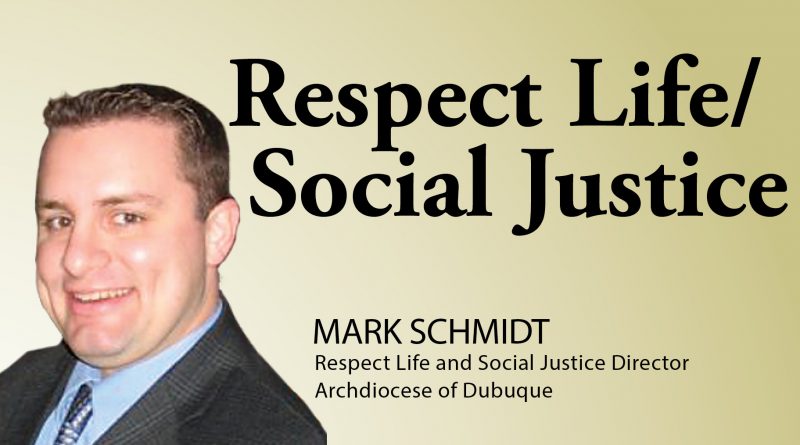Church’s role in helping victims of domestic violence
According to the National Coalition Against Domestic Violence (NCADV), nationally:
“1 in 3 women and 1 in 4 men in the United States have experienced some form of physical violence by an intimate partner. Intimate partner violence accounts for 15 percent of all violent crime. The presence of a gun in the home during a domestic violence incident increases the risk of homicide by at least 500 percent. 72 percent of all murder-suicides involve an intimate partner; 94 percent of the victims of these crimes are female.”
Pope Francis has been outspoken against domestic violence. When he was in Peru earlier this year he addressed the issue directly. “But in thinking of our mothers and grandmothers, I want to invite you to combat a scourge that affects our American continent: the numerous cases where women are killed. And the many situations of violence that are kept quiet behind so many walls. I ask you to fight against this source of suffering by calling for legislation and a culture that repudiates every form of violence.”
In the bishops’ pastoral letter they define domestic violence as: “any kind of behavior that a person uses to control an intimate partner through fear and intimidation. It includes physical, sexual, psychological, verbal, and economic abuse. Some examples of domestic abuse include battering, name-calling and insults, threats to kill or harm one’s partner or children, destruction of property, marital rape, and forced sterilization or abortion” (“When I Call for Help: A Pastoral Response to Domestic Violence,” USCCB).
As a culture we often dismiss the subtler instances of domestic violence because we have an image that has been given to us by popular media that domestic violence seems like it is always a sudden explosion of violent activity. Though this does happen, it is just as likely that the abuse starts slowly, drip by drip, eroding the independence of the person being abused until the abuser has established almost total power and control over their partner.
What can we as a church do to help advocate on behalf of survivors of domestic violence, prevent domestic violence in our own communities, promote restorative justice for perpetrators of domestic violence, and help build nonviolent homes? How are we at working on nonviolence in ourselves?
As a church and a people of faith, we can begin by helping frame the conversation and better understand a few things about domestic violence.
- As Pope Francis stated in “Amoris Laetitia”: “we must always say ‘no’ to violence in the home” (104).
- The U.S. bishops were clear that “we condemn the use of the Bible to support abusive behavior in any form” (“When I Call for Help”).
- No one is required to live in an abusive relationship, including an abusive marriage. Again the bishops state: “we emphasize that no person is expected to stay in an abusive marriage. Some abused women believe that church teaching on the permanence of marriage requires them to stay in an abusive relationship” (“When I Call for Help”).
- Survivors of abuse are not to blame for the abuse. The one responsible for the abuse is the one doing the abusing.
We can also reflect on Paul’s words to the Ephesians. “All bitterness, fury, anger, shouting, and reviling must be removed from you, along with all malice. [And] be kind to one another, compassionate, forgiving one another as God has forgiven you in Christ” (Eph 4:31-32). Taking this passage seriously we all ought to look inward and begin to pay attention if we are truly living this out. If not, practice building the habits of removing these faults from our lives. It is important for us to build communities that are safe for survivors of abuse to come forward to receive the support and care they deserve. As a people of faith, we can help to eliminate domestic violence and can be a beacon of hope to those who are survivors of abuse.
The August Formation for All session offers a session on domestic violence to coincide with the Feast of St. Monica, patroness of survivors of abuse, on Aug. 27. To participate in the sessions and to know more, go to: dbqarch.org/rlsj/formation. Sessions are for all ages.




